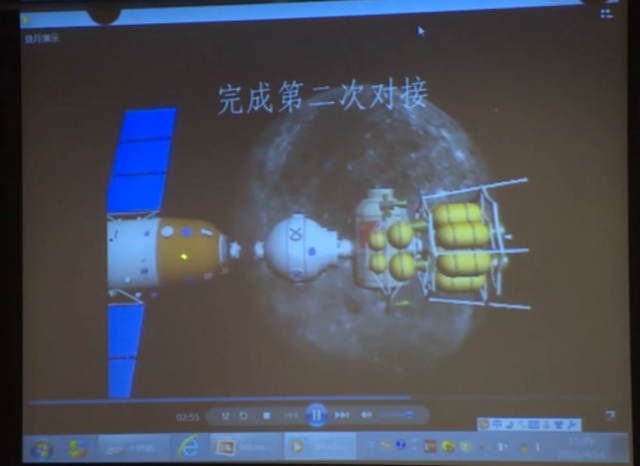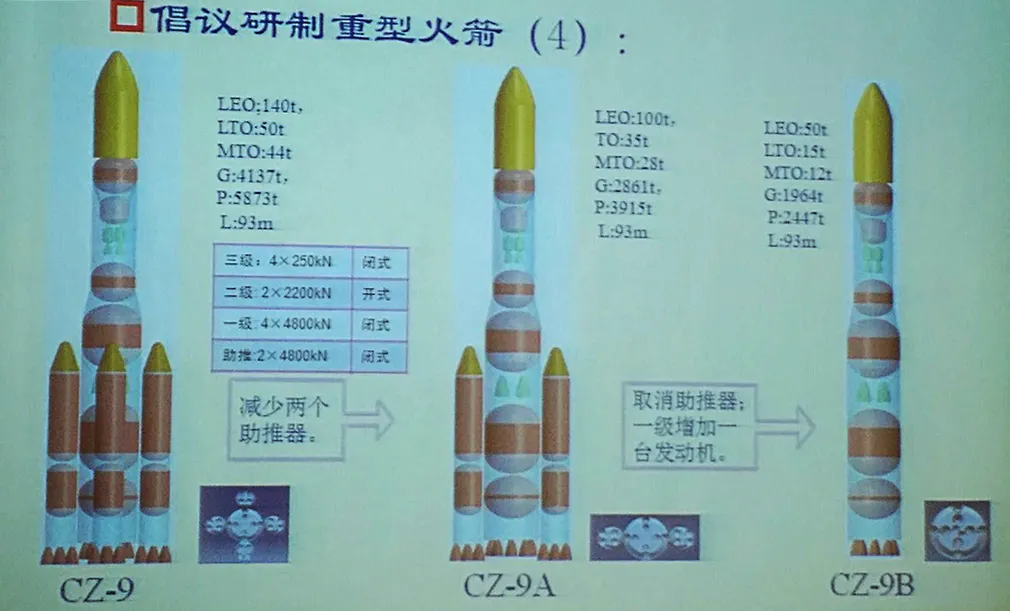


Lieutenant General Zhang Yulin, deputy commander of the manned space program, announced that China would land a man on the moon in the next 15-20 years. Chinese authorities also announced their intention to launch a robotic Mars mission in 2020, complete with orbiter, lander and rover, along with a possible Martian soil sample return by 2030.

There are several key steps if China is going to make this happen. The official state newspaper, China Daily, noted that China would need a super heavy launch rocket capable of boosting at least 100 ton of payload into low earth orbit. In addition to China National Space Agency (CNSA) concepts exploring using three heavy Long March 5 rockets to launch pieces of a manned lunar mission for terrestrial orbital assembly, China is beginning development of the super heavy Long March 9 (LM-9) rocket. With a Low Earth Orbit (LEO) payload of 140 tons (50 tons for a trans lunar injection trajectory), the LM-9 is in the same weight class as the American Saturn V and Space Launch System. It’s envisioned to have three stages, with the first stage consisting of four booster rockets, a quadruple double engine core stage (each individual engine would have a thrust of 480 tons), all liquid fueled.

The LM-9 is expected to have its first launch sometime in the 2025-2030 timeframe, likely from the Wenchang Satellite Launch Center in Hainan. Since the Chinese Academy of Launch Technology is already conducting preliminary research on the LM-9’s systems like engines, in order to meet the 2030-2035 timeframe for the manned lunar mission, the CNSA will need to commit large amounts of funding to meet that deadline (though given the large financial resources to the Chinese government, that should be feasible). Other areas of manned lunar technologies are already within China’s grasp, such as developing life support and space suit equipment, communication equipment and remotely operated systems. China could also use its planned Tiangong 3 space station as a facility for lunar taikonaut training in space, and a support station.

As possibly the second nation to undertake a manned lunar mission, China would undoubtedly reap great prestige, in many ways staking its claim to a new position in a 21st century space race. Yet landing a man on the moon could also be the start of more practical gains that weren’t possible back when NASA first landed there. Using 21st century technologies like additive manufacturing, China could use its lunar taikonaut missions to jump start a Chinese moon base, both for scientific research, a support base for manned extraterrestrial missions to Mars and asteroids, as well as exploiting potential lunar resources like water (for space ship fuel) and Helium 3 (fusion power).
You may also be interested in:
Watch Out SpaceX: China’s Space Start Up Industry Takes Flight
China’s Answer to the Hubble Telescope
China Showcases Plan to Become the Leading Space Power
China’s Largest Ever Space Rocket Takes Another Big Step Forward
China’s Long March 5 Space Rocket Stretches Its Legs
